Macanese gastronomy is reputedly the oldest fusion cuisine in the world and has been recognised by UNESCO as an intangible cultural heritage.
This tiny territory - smaller than Hong Kong, which it neighbours - also has one of the most dynamic economies in the world where some of the best chefs using the finest ingredients cook for the very rich. How does Macanese food cut through this noise?
But how does a chef like Andrew - operating within a system of distinct yet connected regional Chinese cuisines - understand, embody, codify and cook a corpus that borrows so heavily from Portuguese colonial tastes and textures? And is fusion a problematic term or simply an imprecise word to describe complex alchemies involved in cooking food that lands well in a given context?
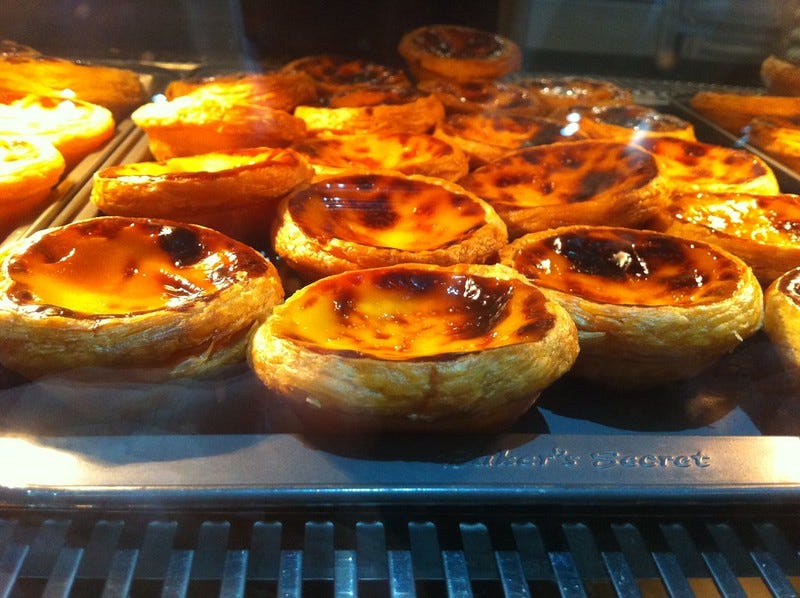
References
Boileau, Janet Patricia. "A culinary history of the Portuguese Eurasians: the origins of Luso-Asian cuisine in the sixteenth and seventeenth centuries." PhD diss., 2010.
Das, Mukta. “One of Many Ways For Macanese Aluar” The Recipes Project, 2021
Jackson, Annabel. The Making of Macau’s Fusion Cuisine: From Family Table to World Stage. Hong Kong University Press, 2020.
Intro and outro music: 遊子 [wanderer] by mafmadmaf.com
XO Soused is a fortnightly audio newsletter. We’d be grateful if you can share XO Soused with your friends!






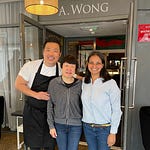
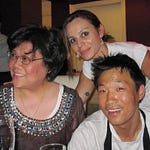

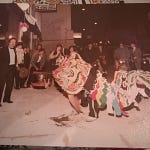

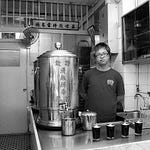
Share this post